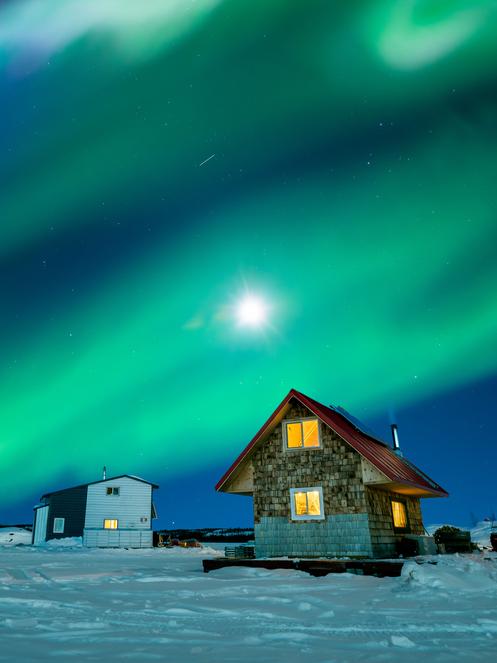The Aurora Borealis, or Northern Lights, is a multi-colored light show that appears in the Northern Hemisphere. The aurora borealis has been described as the most amazing light show on Earth. This phenomenon, which appears only at high latitudes, has amazed and puzzled scientists for centuries.
Speculation about the mysterious origin of the aurora has long existed, but it is only now that these theories have been clearly proven.
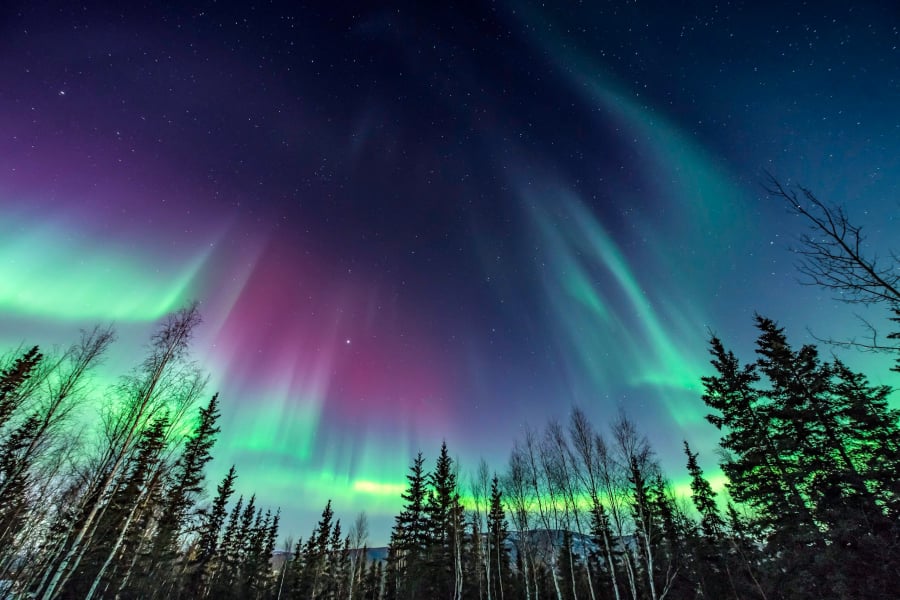
The mystery of the aurora has been solved
According to a newly published study, a team of physicists from the University of Iowa has finally successfully proven that auroras “are generated by strong electromagnetic waves during geomagnetic storms.”
Research shows that these phenomena, otherwise known as Alfven waves, launch electrons toward Earth, where they produce streams of light known as auroras.
“The calculations show that a small number of electrons undergo ‘resonant acceleration’ due to the electric field of the Alfven wave, which can be thought of as a surfer catching the wave and being continuously accelerated as he or she rides it,” said Greg Howes, associate professor in the Department of Physics and Astronomy at the University of Iowa and co-author of the paper.
The theory of electrons “gliding” on an electromagnetic field was first introduced by Russian physicist Lev Landau in 1946. The theory was named after this physicist, called Landau damping. After more than 70 years, this theory has been proven.


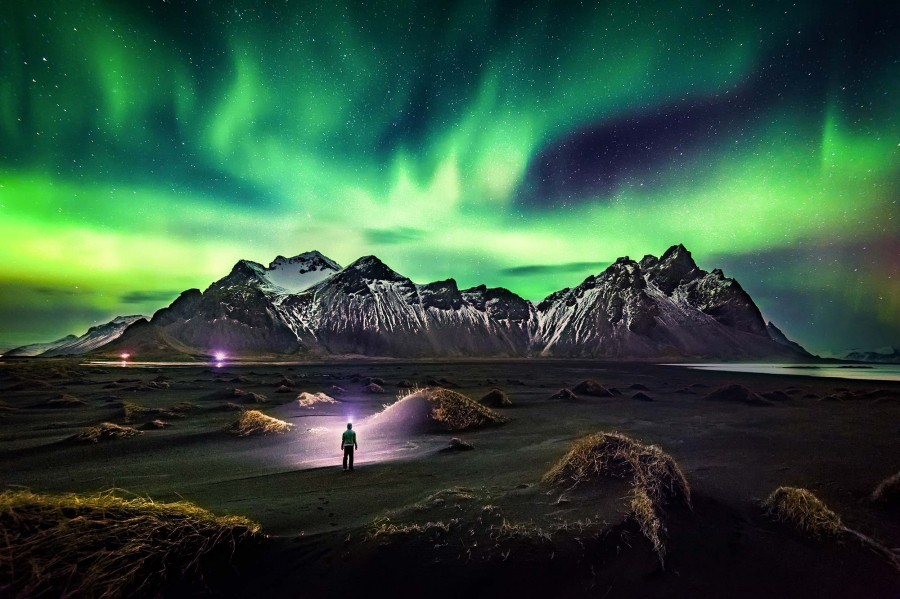
Aurora Reproduction
After decades of research, scientists have understood the origins of auroras, but only now have they been able to clearly demonstrate and simulate these colorful bands of light. For the first time, artificial auroras have been recreated in the laboratory using the Large Plasma Device (LPD) located at the University of California, Los Angeles’ Fundamental Plasma Science Facility.
According to CNN, scientists used a 20-meter-long chamber to recreate the Earth's magnetic field using a powerful magnetic coil on a LPD device. Inside this chamber, they created a plasma environment similar to what exists in near-Earth space.
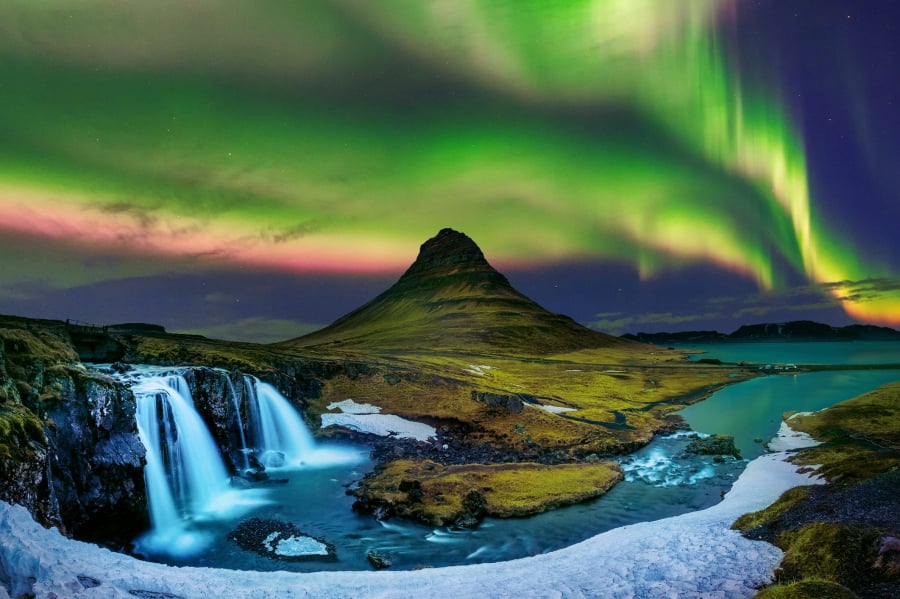
“Although the experiment did not reproduce the colorful shimmering light we see in the sky, our calculations in the laboratory matched predictions from computer simulations and mathematical calculations, demonstrating that electrons riding Alfven waves can accelerate to up to 72 million km/h and create auroras,” Mr. Howes asserted.
These experiments helped them make key measurements to prove previous hypotheses and calculations that accurately explained how auroras are created, added study co-author Craig Kletzing.
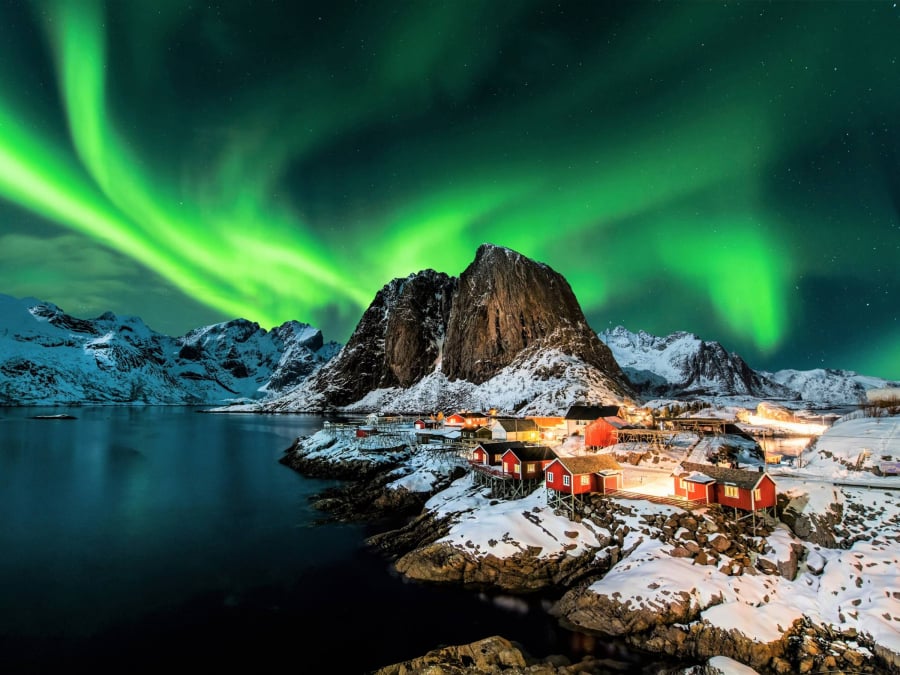
Many space scientists are also excited about this new news. “I am very excited! It is very rare to see a laboratory experiment that confirms a theory or model related to the space environment. Space is so vast that it is difficult to simulate in the lab,” said Patrick Koehn, a scientist with NASA’s Helicopter Physics Division.
Understanding the mechanism of electron acceleration that creates auroras will benefit many future studies, according to Mr. Koehn.





